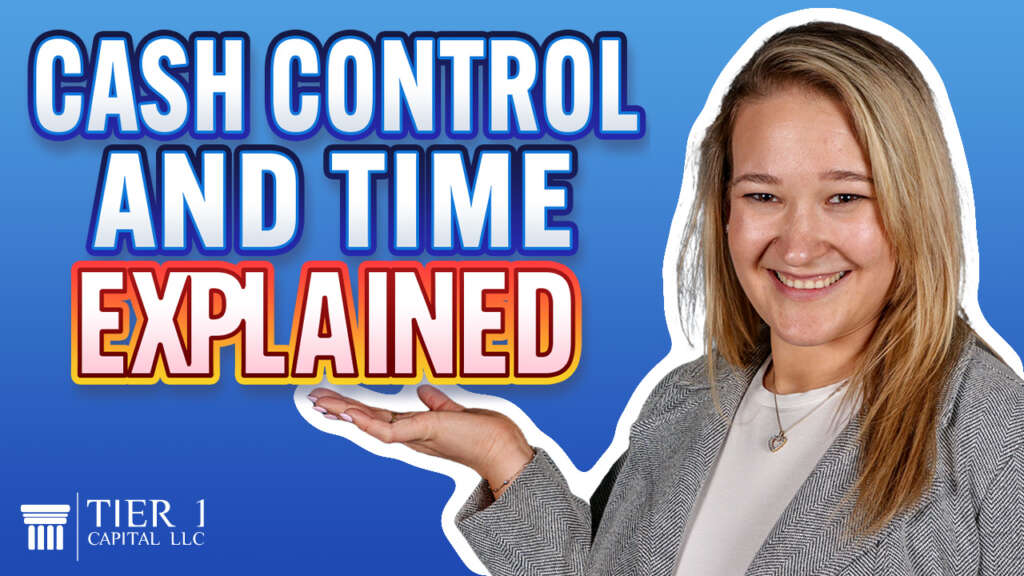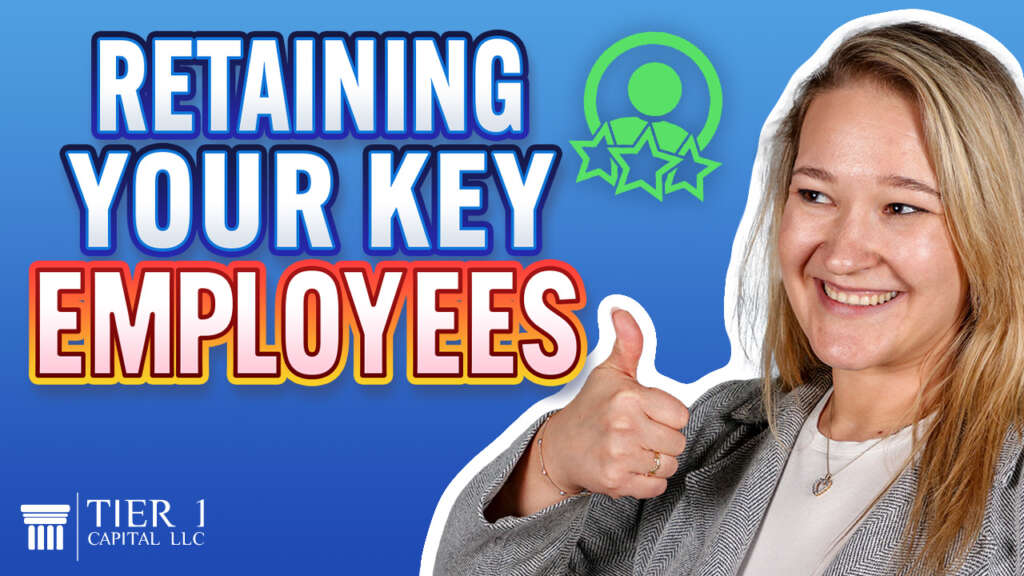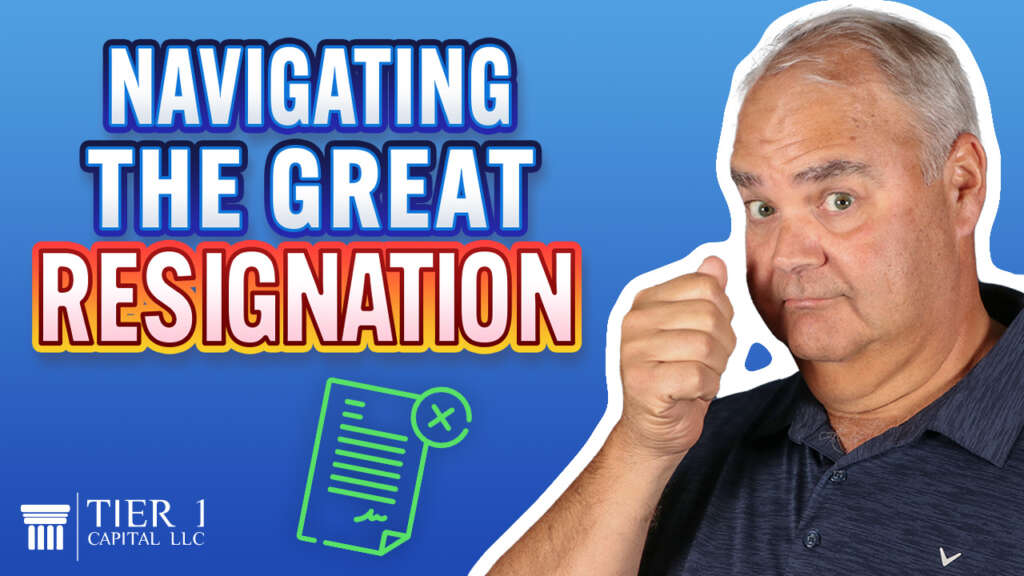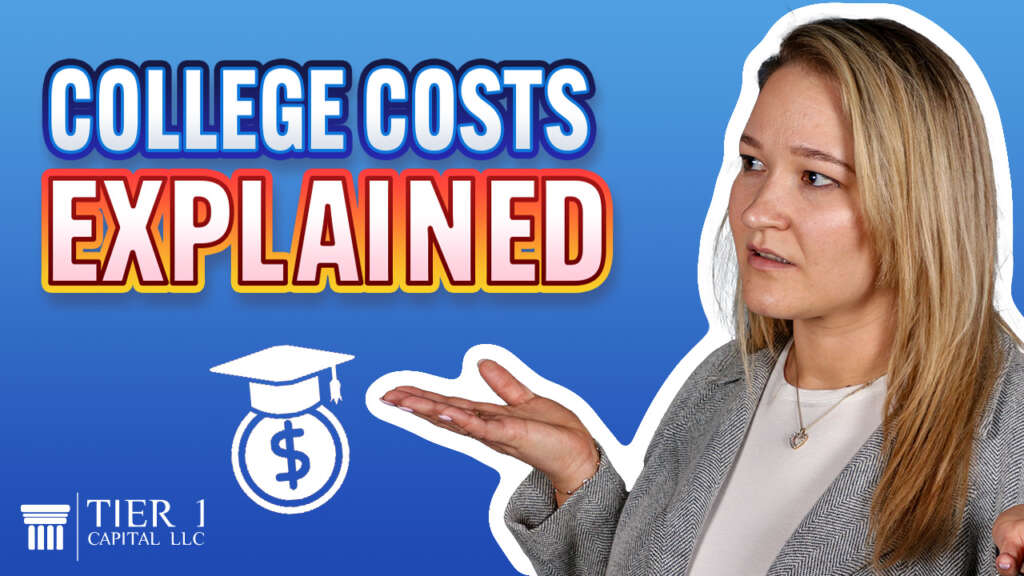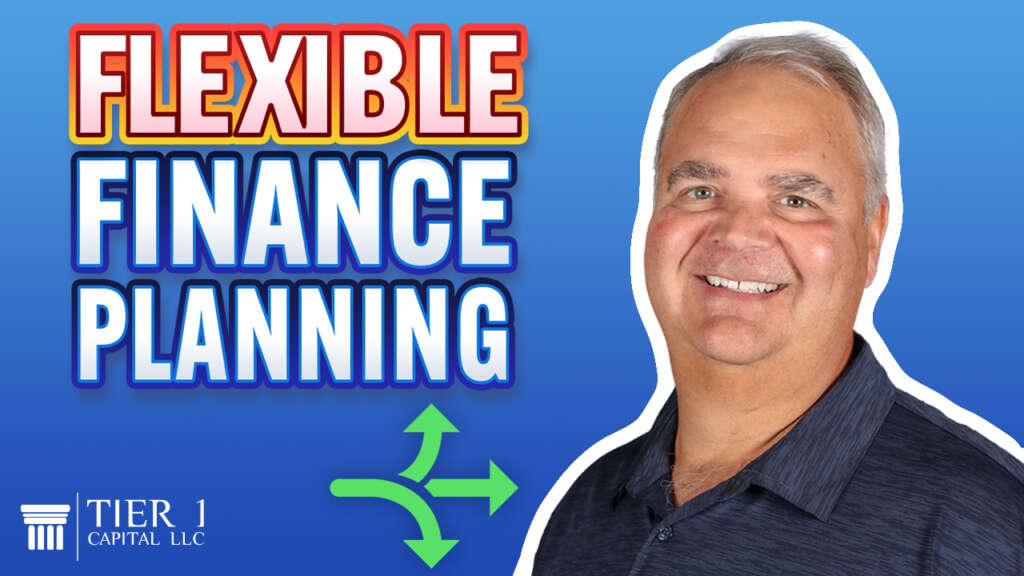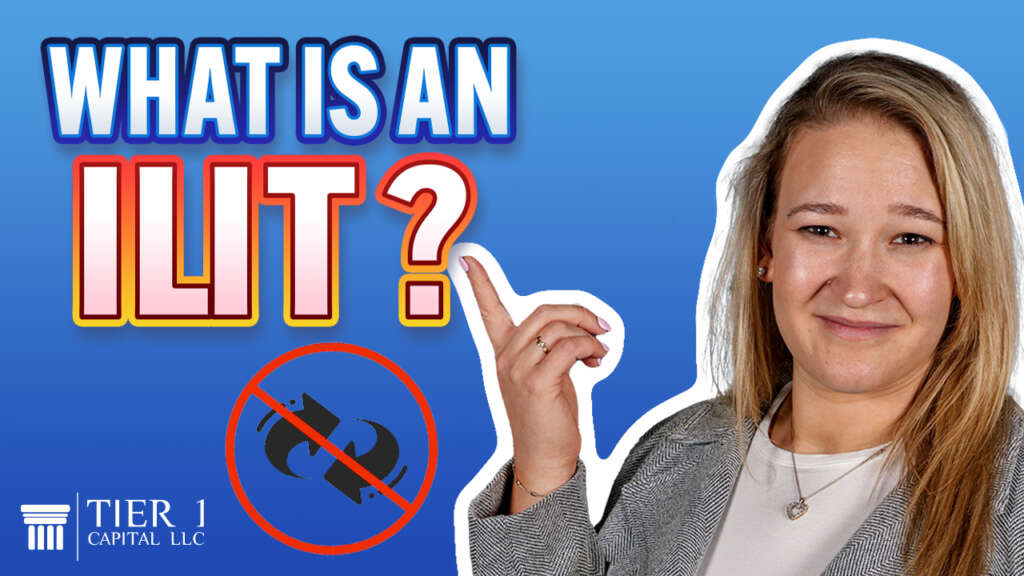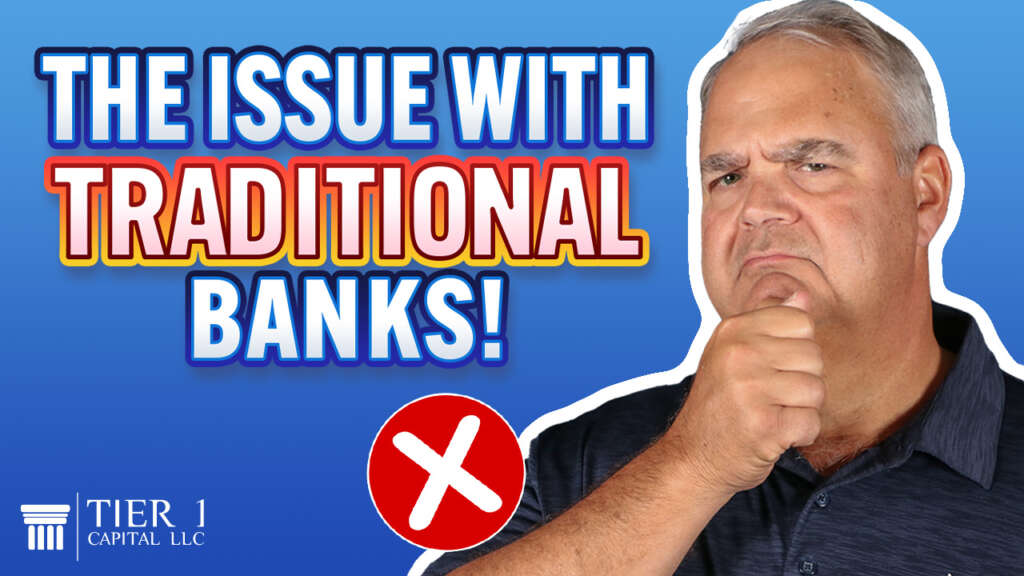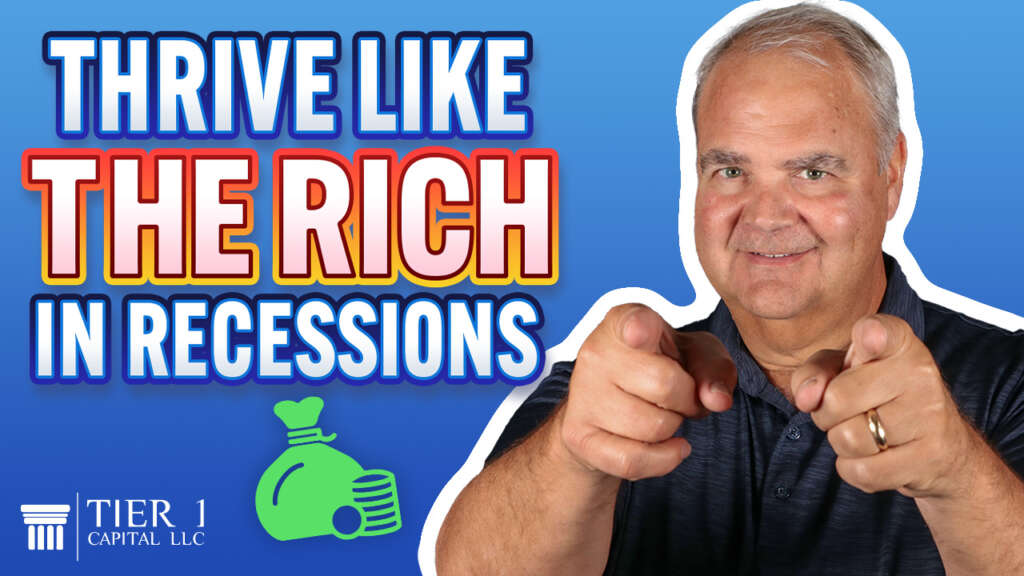
Finances are cited as a worry for 87% of us. Inflation is up. Savings are down. And the talk of recession has reared its ugly head again. How do we navigate this new economic environment that we’re living in right now?
The point is, consumers are starting to feel the pinch. They’re spending less, they’re going out less, and they’re searching for better deals. Inflation is going up, meaning our buying power of our dollar isn’t going as far. So you could cut back your savings. Sure. But that’s only going to get you so far because let’s face it, incomes and the increase in our salaries oftentimes isn’t keeping up with the increase in the cost of living.
So what’s the impact? Well, once your savings is cut down, once you’ve cut back your budget as much as possible, you’re either going to have to cut back on your lifestyle and feel the pinch there, or to maintain your lifestyle, you’re forced to use credit.
Two years ago, our economy was awash in liquidity, meaning there was so much money coming from the federal government that people had access to money. They were buying houses, they were building houses, they were renovating their house. Well, the liquidity isn’t there anymore and savings is down dramatically. People have accessed their savings. So now if they want to build, if they want to renovate, they need credit. But here’s the problem. Interest rates have gone up dramatically.
We’re being squeezed from both ends, but we still have goals to reach. We only have this one life to live. How do we make the biggest impact for our family and our community to move ourselves forward? Not to mention our own ultimate goal of retiring someday and living comfortably in our retirement?
How do you position yourself so you don’t feel this pinch? Is there actually a way? Are the rich feeling this pinch as much as the middle class?
Well, the answer is no, because the rich know the importance of having access to cash. Having a pool of cash set aside that they’re able to access without being impacted by the rising inflation rates, without being subjected to the approval of creditors, without being subjected to the lack of liquidity that comes with saving in a retirement plan or stashing money away in your home equity.
You see, one thing we’ve learned over the past 37 years is that access to capital trumps everything. When you don’t have access to money, your life sucks. And that’s where we can help you.
I would argue that most financial stresses come from not having access to cash for what we really want or really need, because like I said, we still have these goals to reach. Maybe your child going to college, maybe you do want to renovate your house or buy a new car, or maybe your hot water heater went over the last month or two and these things need to be addressed.
So how do you build in flexibility in your plan instead of having buckets marked for your different goals? How do you accommodate all of life’s goals without feeling the pinch?
We always say it’s not what you buy, it’s how you pay for it that really matters. We’re not saying, “Hey, cut back your lifestyle. You don’t need that car. You don’t need that hot water heater.” We’re saying there may be a better way to finance your purchases in life so that you’re in control of that financing function instead of those terms being dictated by credit companies or the bank.
You see, this financial environment has really created opportunities for everybody if they step back and see exactly what’s going on. It’s more incumbent now than ever to be as efficient as possible with your money, with your cash flow, so that you can thrive through these very difficult economic times.
Earlier, we mentioned that recession has reared its ugly head over the past three recessions. 91% of all businesses and 91% of all families were affected negatively by recession. But here’s the key. 9% actually thrive, and they’re the ones that we want to emulate. They are the examples that we want to share with you, because, keep this in mind, success leaves clues, and the people who thrived during the last recessions are the people that can show us how to thrive during the coming recession.
Have you ever heard this? Buy low and sell high? What lower time is there then in the middle of a recession and in the middle of economic turmoil? That’s when it’s most important to have access to cash, to be ready to take advantage of opportunities, whether it’s an investment, a business opportunity, or real estate.
The best time to buy is when everybody else is forced to sell. That’s when the real value appears, and that’s when the opportunities are out there.
In conclusion, if you like to be in a position where you could take advantage of the economic turmoil that’s forthcoming, check out our Four Steps to Financial Freedom Webinar found right on our homepage.
And remember, it’s not how much money you make. It’s how much money you keep that really matters.



